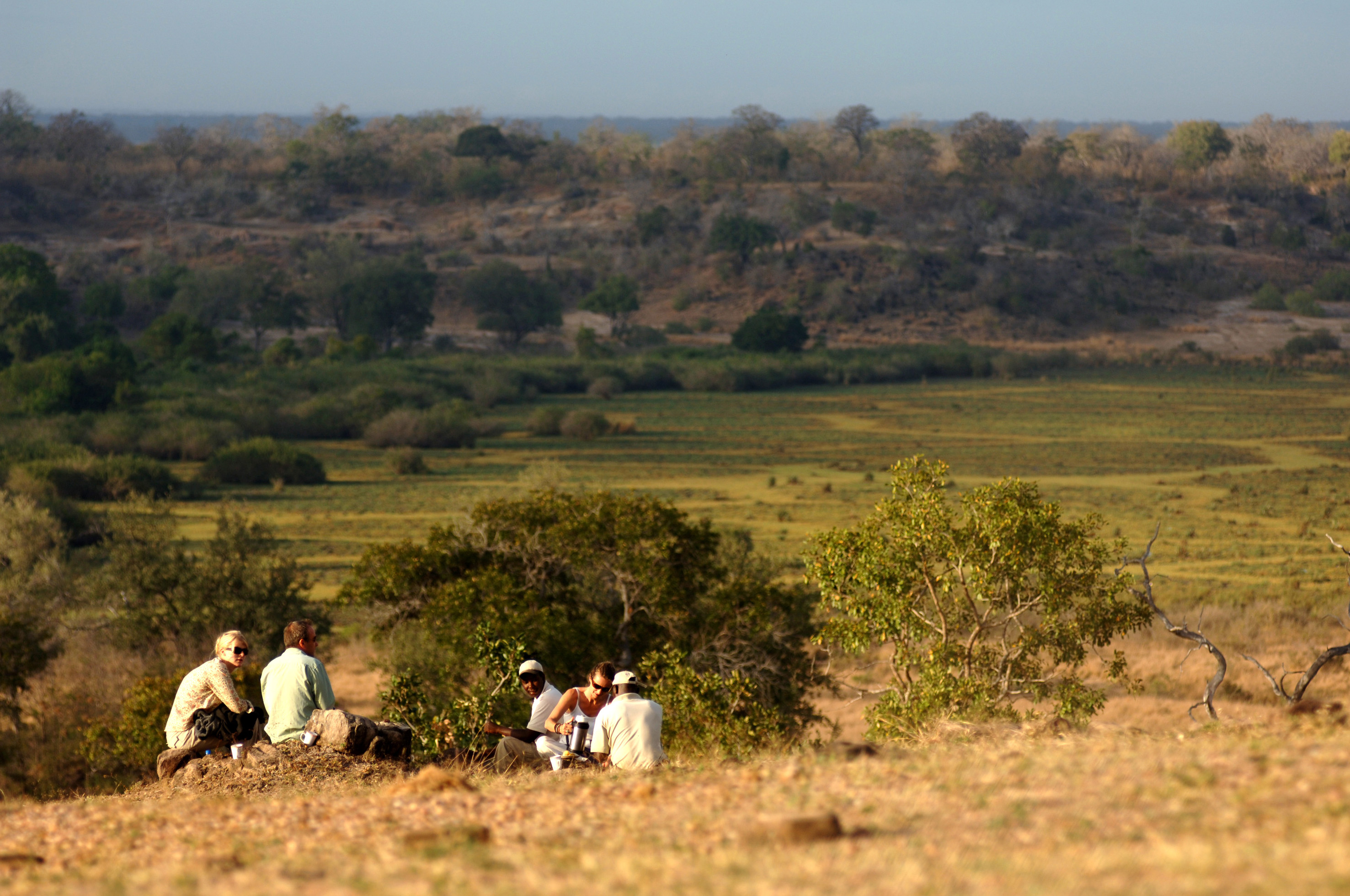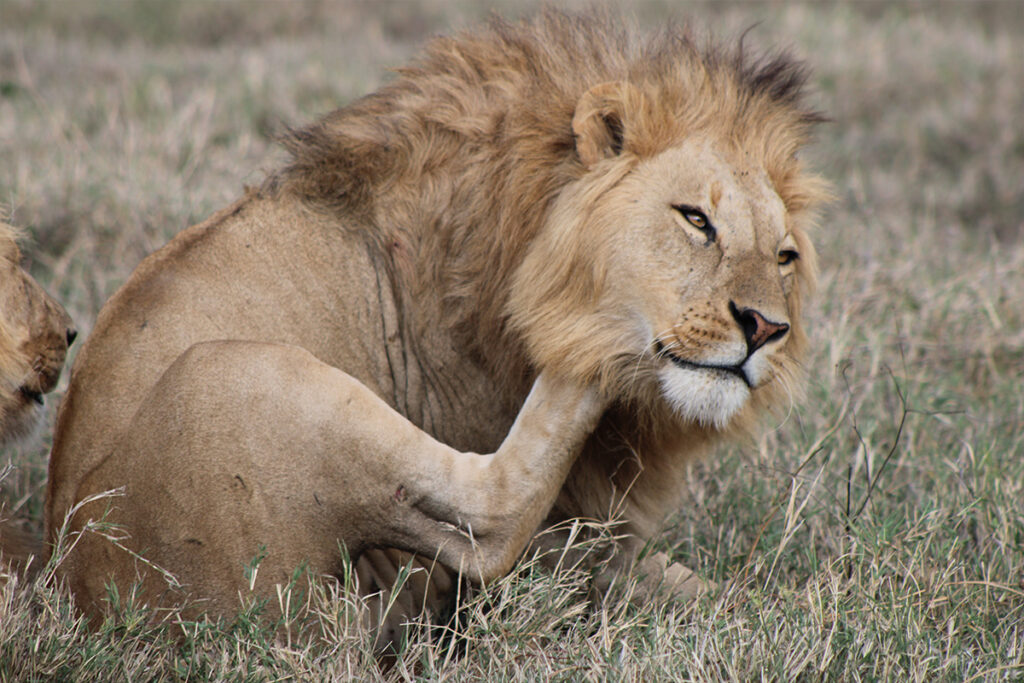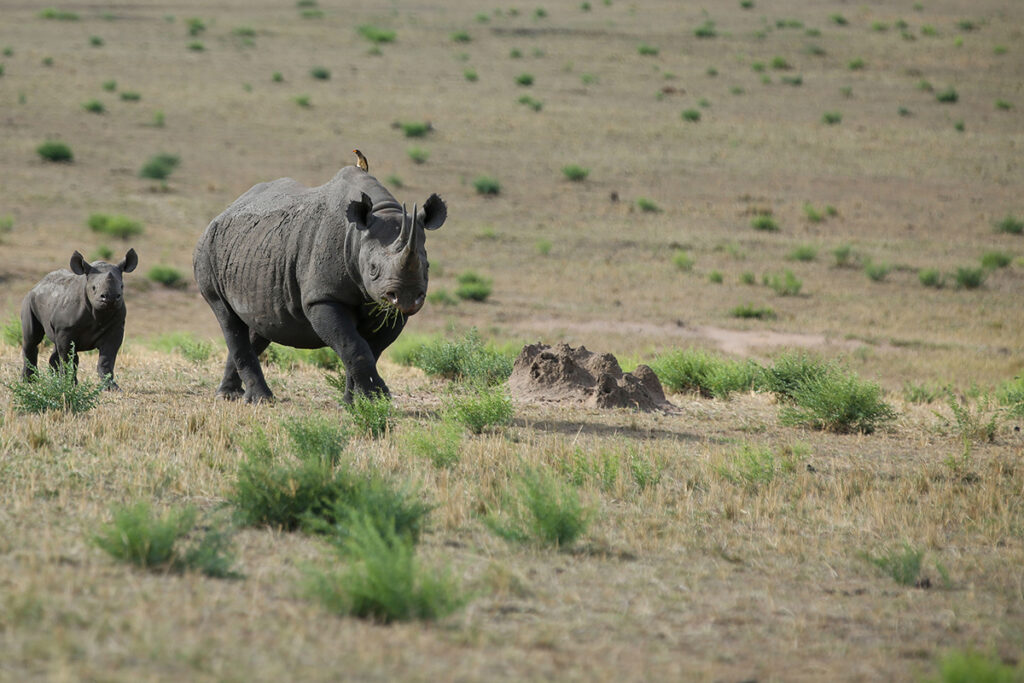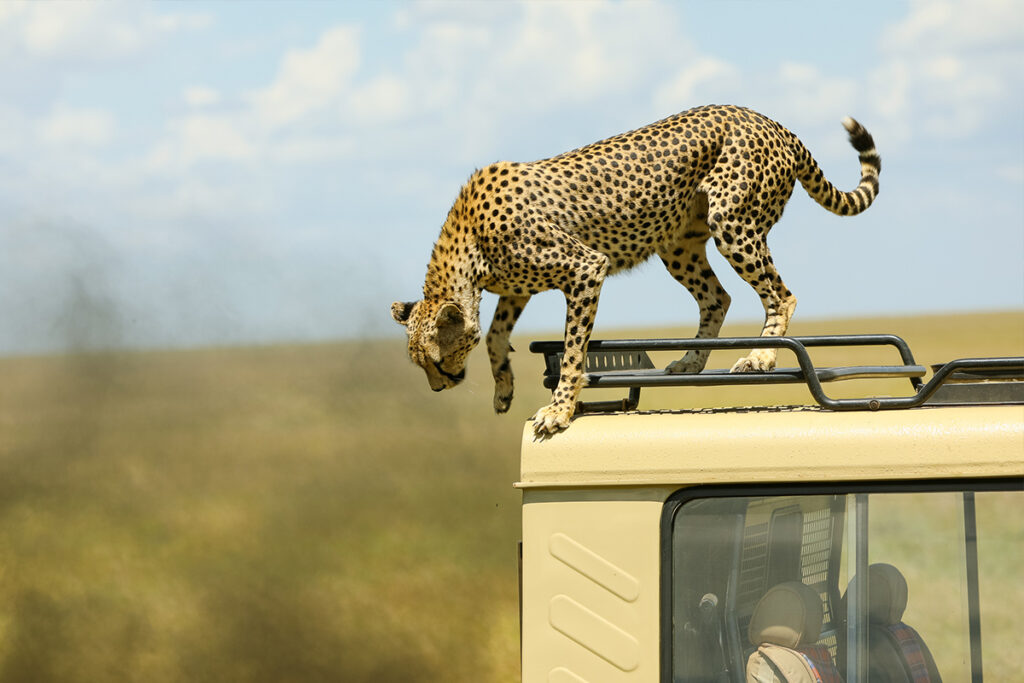In the heart of Southern Tanzania, the Selous Game Reserve offers a walking safari experience that invites explorers to connect deeply with nature. Embedded in the whispers of its ancient trails, the reserve teems with the wild echoes of countless species. Why just observe when you can be an active participant in this visceral dance between predator and prey?
The Selous Game Reserve, recognized as a UNESCO World Heritage Site, has been an integral part of conservation since 1922. Once covering over 50,000 square kilometers, the reserve remains one of Africa’s largest protected areas. Walking safaris here aren’t just thrilling; they contribute to the conservation of one of the world’s richest ecosystems, ensuring these lands thrive for future generations to witness firsthand.

The Magnetism of Walking Safari Selous
Imagine stepping into a world where nature leads the way. Walking safaris in Selous offer an unmatched opportunity to experience the wild up close. According to this post, the attraction lies in the journey itself as you become part of the ecosystem. Spotting animals while on foot is exhilarating in a way that sitting in a vehicle can’t match. Each step reveals a new layer of the wondrous landscape.
Guided by experts, adventurers learn to interpret the subtle signs of the wilderness. Here, you can identify animal tracks and hear the call of the wild up close. The natural beauty of Selous is captivating, with vast landscapes ranging from open savannahs to lush woodlands. As here is the article shares, walkers often find a deep connection with the land that is both humbling and awe-inspiring. The guides ensure safety while enriching the journey with tales of the land.
There’s no substitute for the thrilling sensation of encountering a majestic elephant just meters away. The beauty of Selous is that it offers diverse wildlife experiences, making each moment unpredictable yet magical. Encounters can include lions basking in the sun or colorful birds flitting through trees. Strolling through vibrant landscapes feels like stepping into a living storybook. Every turn can bring something unexpected.
Walking safaris also contribute to conservation. By promoting sustainable tourism, they help preserve the land for future generations. Visitors are encouraged to adhere to eco-friendly practices. This not only safeguards wildlife but also enriches the visitor experience. It’s a win-win dynamic, emphasizing respect for nature.
Unique Experiences of the Walking Safari in Selous
Walking safaris in Selous offer experiences that are both thrilling and educational. As you tread softly through the trails, you may learn the art of tracking animals. The guides often teach visitors to spot subtle signs, like broken branches or paw prints. This hands-on approach creates a bond between the traveler and the land. It’s an adventure that involves all the senses.
Another unique aspect is the chance to observe wildlife behavior up close. Witnessing a lion pride’s interactions or elephants at a watering hole offers insight into their complex lives. Unlike a vehicle safari, on foot, you’re an active observer, immersed in their world. This intimate experience allows for fascinating discoveries. It’s nature unfolding before your eyes.
Additionally, the diverse landscapes of Selous enhance the safari’s uniqueness. From sweeping plains to dense forests, each step reveals a new vista. These varied settings also mean diverse wildlife encounters. You might see crocodiles basking by rivers or giraffes silently grazing on leaves. The scenery changes as often as the animal sightings.
The walking safari also provides a serene escape from modern life. The quiet of the wilderness may bring a sense of peace and wonder. This calm lets you appreciate the true essence of nature. Walking allows for reflection while surrounded by the stunning beauty of Selous. It’s a chance to reconnect with the natural world.
Selous: A Brief Ecological Overview
The Selous Game Reserve, one of Africa’s largest wildlife refuges, spans over 50,000 square kilometers in Tanzania. Its diverse landscapes include rivers, swamps, and savannahs. This variation creates habitats for a wide array of species, from large mammals to unique birds. The Rufiji River, winding through the reserve, is a lifeline for many creatures. It’s a vital part of Selous’ rich ecology.
The Selous ecosystem supports a vast diversity of wildlife. It’s famous for hosting large populations of elephants, hippos, and crocodiles. Unlike many other reserves, Selous is less crowded with tourists. This allows for a more authentic and peaceful safari experience. Being relatively undisturbed, the area maintains a natural balance.
Birdwatchers find Selous an absolute paradise. Over 440 bird species flourish among its varied habitats. From the striking fish eagle to the rare Pel’s fishing owl, these birds thrive. The diversity ensures captivating sights for any nature enthusiast. Their songs add a melodic backdrop to the safari adventure.
Conservation efforts in Selous focus on protecting its unique biodiversity. Initiatives aim to combat poaching and restore natural habitats. Sustainable tourism plays a key role here, providing funding and awareness. This approach helps safeguard the environment and its inhabitants. Visitors become partners in preservation efforts, contributing to the ecological well-being of the area.
The Inextricable Bond Between Conservation and Safari
Safaris and conservation are deeply connected, each benefiting from the other’s existence. The popularity of safaris drives efforts to preserve wildlife and their natural habitats. The revenue generated from safari tourism flows back into conservation initiatives. These funds are vital for combating poaching and protecting endangered species. Thus, promoting responsible tourism nurtures this symbiotic relationship.
Visitors play a crucial role in this delicate balance. By choosing eco-friendly safari operators, tourists support sustainable practices. Visitors can also participate in awareness campaigns or volunteer for conservation projects. Their engagement helps ensure the longevity of both the wildlife and their natural environments. This interaction transforms the tourist experience into an act of preservation.
Local communities benefit significantly from conservation efforts tied to safaris. Employment opportunities arise, from tour guiding to park management. Educating locals on environmental sustainability strengthens these partnerships. It empowers communities to protect their resources. This local involvement enriches both the cultural and natural experience of a safari.
Yet, challenges persist, requiring continuous attention. Managing human-wildlife conflict, for example, remains crucial. Initiatives like creating wildlife corridors aim to minimize such conflicts. These corridors allow animals safe passage between habitats. Such strategies help maintain the ecological equilibrium.
Innovation is also part of conservation progress. Some reserves use technology, like drones, for monitoring. These tools assist in tracking animal movements and detecting threats. Technological advancements thus enhance the effectiveness of conservation strategies. This evolution signifies a commitment to a sustainable future.
Practical Guidelines for a Walking Safari in Selous
Before embarking on a walking safari in Selous, it’s essential to prepare adequately. Wear comfortable, lightweight clothing that blends with the surroundings to avoid attracting unwanted attention from the wildlife. Sunscreen, hats, and sunglasses are crucial to protect against the strong African sun. You’ll also need sturdy walking shoes for traversing various terrains. Having a small backpack with essentials like water and snacks will ensure you stay hydrated and energized.
A knowledgeable guide is indispensable for a safe and enriching safari experience. Guides are well-versed in the behaviors of different animals and can interpret the subtle signs of the wild. They not only enhance your understanding but also ensure your safety. Walking in small groups will minimize disturbances to wildlife. Always follow your guide’s instructions closely.
Respecting the wildlife and their habitat is paramount. Maintain a safe distance from animals and avoid making loud noises that could startle them. Do not leave any litter behind as it can harm the environment and its inhabitants. Adhere to the principle of leaving no trace to preserve the pristine nature of Selous. This mindset ensures the area remains beautiful and unspoiled for future visitors.
Be mindful of the time of day for your safari. Early mornings and late afternoons are ideal as animals are most active during these cooler periods. Midday walks can be strenuous due to the heat, so it’s best to rest then. Timing your safari correctly increases the chances of witnessing fascinating wildlife behaviors. It also enhances your overall experience, making it more enjoyable and less taxing physically.

Frequently Asked Questions
Embarking on a walking safari in the Selous Game Reserve can be both exhilarating and educational. Here, we answer some commonly asked questions to help you prepare for this unique adventure.
1. What should I pack for a walking safari in Selous?
When packing for a walking safari in Selous, consider the climate and the terrain. Pack lightweight, breathable clothing in neutral colors to avoid attracting unwanted attention from wildlife. Don’t forget essentials like a hat, sunglasses, and sunscreen to protect against the sun.
Sturdy, comfortable walking shoes are crucial as you’ll be traversing various terrains. Bring a small backpack to carry your water, snacks, and other personal items. A camera with a good zoom lens will help you capture the amazing sights you’ll encounter along the way.
2. How safe is a walking safari in Selous?
Safety is a top priority during walking safaris in Selous. Experienced guides lead the tours, ensuring that participants maintain a safe distance from wildlife. These guides are trained to handle various situations, providing instructions to keep the experience secure and enjoyable.
Participants must follow the guides’ advice and stay attentive to their surroundings. While every effort is made to ensure safety, it’s essential to understand that interactions with wildlife can be unpredictable. Staying calm and following guidelines enhances both safety and enjoyment.
3. What types of wildlife can I expect to see on a walking safari?
On a walking safari in Selous, you can expect to encounter a diverse range of wildlife. Elephants, lions, giraffes, and hippos are common sightings, offering incredible photo opportunities. The reserve is also home to numerous bird species, including fish eagles and kingfishers.
Your guide will help spot and identify these animals, teaching you about their behavior and habitats. The experience is unlike any other, as you’ll see animals in their natural environment without the barrier of a vehicle. It’s a chance to witness the unfiltered beauty of African wildlife.
4. How long does a typical walking safari last?
A typical walking safari in Selous usually lasts between two to four hours. This duration allows participants to cover ample ground while observing the wildlife and scenery. The pace is generally relaxed, with regular stops for resting and watching animals.
Longer safaris or multiple-day treks are also available for those seeking a more in-depth experience. These extended tours often include overnight camping, enhancing the adventure with star-lit nights in the heart of the wilderness. It’s perfect for those keen on deeper immersion into nature.
5. What are the best times of the year to go on a walking safari in Selous?
The best times to go on a walking safari in Selous are during the dry seasons, from June to October and January to March. During these months, the weather is more predictable, and wildlife is easier to spot as animals gather around water sources.
The lush landscapes during the rainy seasons can be beautiful, but the trails might be more challenging, and some areas could be inaccessible. It’s important to check with tour operators for the best time to match your interests and ensure a successful safari experience.



